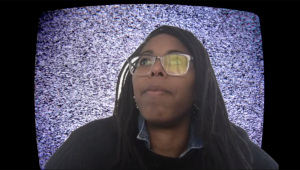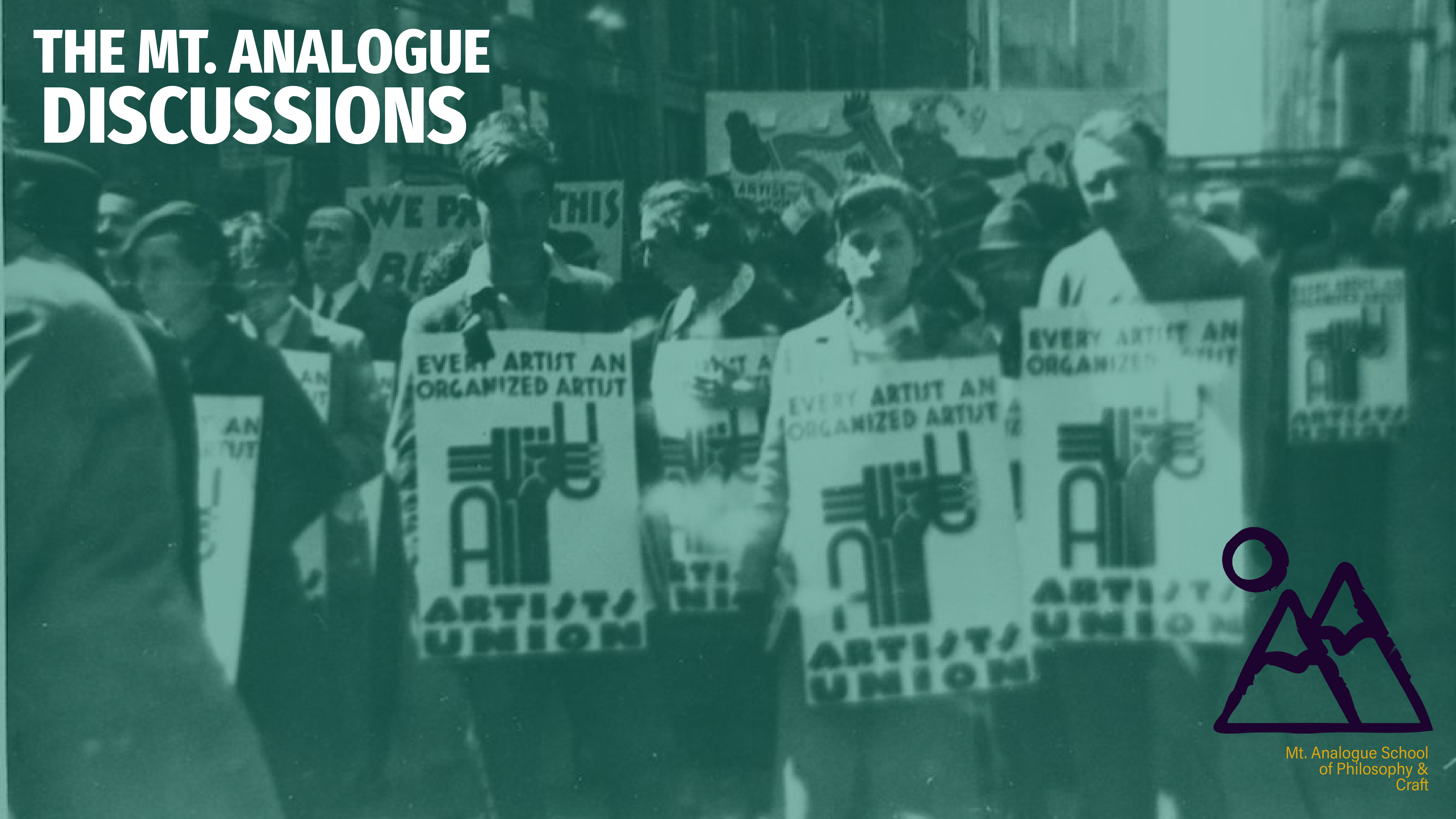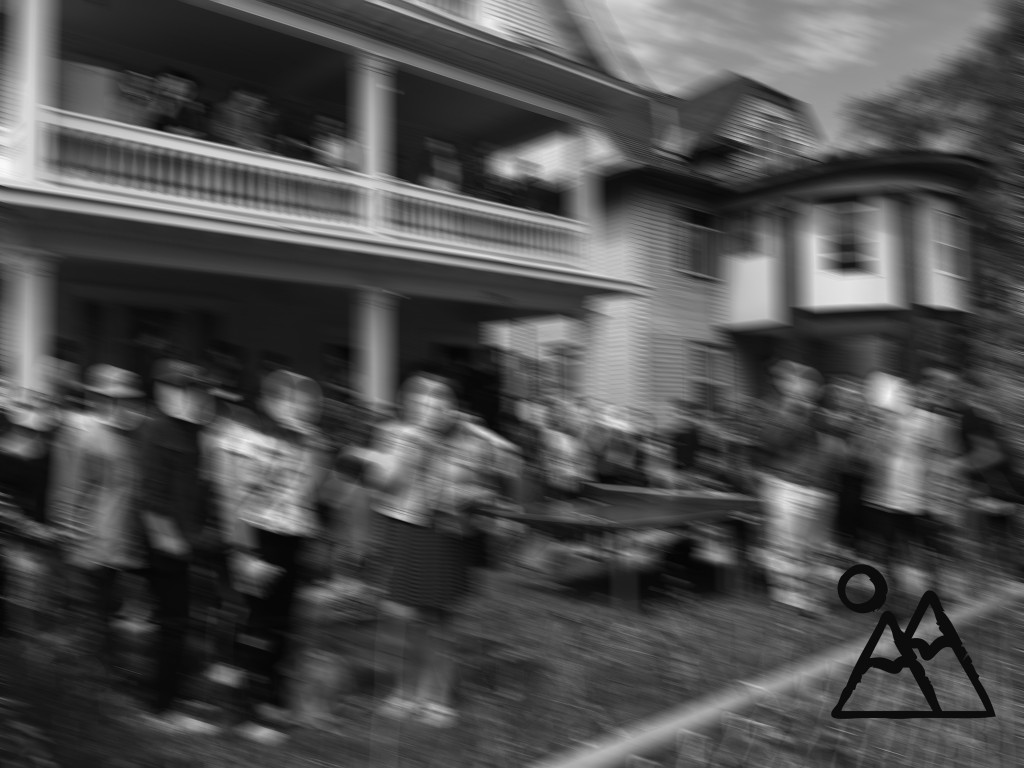
Deep thoughts with amazing Confluence collaborator Jennifer Newsom during our second class workshop for Fate is Kind.

Deep thoughts with amazing Confluence collaborator Jennifer Newsom during our second class workshop for Fate is Kind.

Looking towards aspects of the African diasporic tradition and its tools, such as cooperative creation, improvisation, and deep listening, we are provided both inside and outside of the context of musicianship, guides that can play significant and important roles in our lives as active neighbors in community. These are social tools to carry with us day-to-day.
For this third workshop for the class Fate is Kind, we will be joined by artist, musician, and 9th Ward elder Douglas Ewart. Centering our focus on the techniques and histories of so-called jazz, “social music” as it was described by Miles Davis, or simply, as described by the Art Ensemble of Chicago, Great Black Music we will, in general, think through how this traditions qualities play a role for non-musicians to be more attentive neighbors. And in specific, we’ll listen to how these attitudes and qualities have played out in Douglas’ life and work, and what his experiences in cooperative creation can teach us moving forward in common.
In preparation for our visit to the Fate is Kind class by 9th Ward neighbor, artist and musician, Douglas Ewert, we are viewing this conversation between Roscoe Mitchell, Muhal Richards Abrams, Frederick Berry, and George Lewis.
As well, we are listening to the first hour of a series of radio programs originally broadcast in the late 60s on NYC’s WBAI, a long conversation between composers John Cage and Morton Feldman.

Social Margins: An Assembly in Text
As part of the Mt. Analogue class Fate is Kind we are reading Michel de Certeau’s Walking in the City, an excerpt from his Critique of Everyday Life.

Social Margins: An Assembly in Text
As part of the Mt. Analogue class Fate is Kind we are reading Action Around the Edges, an excerpt from curator and critic Douglas Crimp’s critical memoir, Before Picture. This essay, read in tandem with text from Situationist International, looks at the intersection between interventionist art practices, namely that of Gordon Matta Clark and his piece Days End – a structural intervention of a derelict warehouse pier on NYC’s Hudson River – and the historical legacy and politics surrounding the gay cruising scene of the same era around the Hudson piers.

Social Margins: An Assembly in Text
As part of the Mt. Analogue class Fate is Kind we are reading excerpts from the Situationist International Reader.

About Julia Bryan-Wilson
Julia Bryan-Wilson is Doris and Clarence Maro Professor of Modern and Contemporary Art at the University of California at Berkeley, where she also directs the university’s Art Research Center. Her research interests include theories of artistic labor, feminist and queer theory, critical race theory, performance and dance, production/fabrication, craft histories, photography, video, visual culture of the nuclear age, and collaborative practices. She is the author of Art Workers: Radical Practice in the Vietnam War Era (University of California, 2009); Art in the Making: Artists and Their Materials from the Studio to Crowdsourcing (with Glenn Adamson, Thames & Hudson, 2016); and Fray: Art and Textile Politics (University of Chicago, 2017). She is the editor of OCTOBER Files: Robert Morris (MIT Press, 2013), and co-editor of three journal special issues (“Amateurism,” Third Text, 2020; “Visual Activism,” Journal of Visual Culture, 2016; and “Time Zones: Durational Art in its Contexts,” Representations, 2016).
Bryan–Wilson is an adjunct curator at the Museu de Arte de São Paulo, where in 2019 she co-curated the exhibit Women’s Histories: Artists before 1900; in 2020 at MASP she organized Histórias da Dança/Histories of Dance. With Andrea Andersson, she curated Cecilia Vicuña: About to Happen, which opened at the Contemporary Arts Center New Orleans in 2017 and traveled to the Berkeley Art Museum, the Henry Art Gallery, the ICA Philadelphia, and MOCA North Miami. She is currently writing a book about Louise Nevelson.

Each social landscape is embedded with its own unique, ever changing, psychological elements. The city, its dense and frenetic nature, creates a space of swirling social transformations where each day represents new possibilities of living in proximity. Time, as with everything, has its effects, and attitudes change. These changing attitudes find form in the urban landscape through our interactions as well as the structures we build and vice versa.
For our second workshop in the Mt. Analogue class Fate is Kind: Abstraction and Patterning in a Life with Others we will be joined in conversation by Jennifer Newsom, architect (Dream the Combine) and professor of architecture at the University of Minnesota to discuss the ways that artists can help illustrate these social flows and patterns, their forms and attitudes.
As always we will seed, as well as continue, our conversation through Social Margins, the Confluence social annotation platform; “an assembly in text.”
An excerpt from the Situationist International Reader